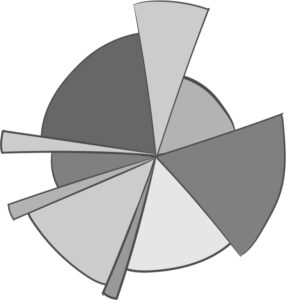Customer discovery paves the path to profitability.
This really is the work for entrepreneurs starting a new business. Customer discovery requires curiosity, patience, humility, hard work, thick skin, an interest in being wrong, discernment, and a willingness to adapt.
For many entrepreneurs, impartial feedback can be scary. Customer discovery puts our ideas on the hook and conversations with strangers may contradict past assumptions, but that’s the point! Interacting with the market you seek to serve allows us to learn from “no” in a way that gets us to “yes.” As you collaborate with those who criticize what you’re building, learn why naysayers disagree with your hypotheses. Be humble and make your concepts more compelling to change their minds.
Collecting such real-world data is human and intellectual capital that will attract more network and financial capital. The more you learn from others, the more you’ll recognize—and be able to meet—true demand. This can be a protracted process, which can make it feel unnecessary, but honest feedback will strengthen your value proposition and allow you to eventually go further in the right direction.
When learning from the perspective of others, remember that feedback is only data. This data should be collected, organized, and examined like a scientist. Inference is more effective with more data, so the more feedback you have, the easier it can be to make decisions.
As you translate feedback into action, you must also find your own way. Even with good intent, people who provide you feedback are doing so based on their own experiences. The experience of others is based on the past and is unlikely to harmonize with your exact situation. There are many ways to build your business, so perpetually gather as much feedback as possible and use diversified data to guide your company toward product-market fit.
Extra Shot
My community visit with 1MC Joplin was sweet, this feature article was a neat chance to celebrate Global Entrepreneurship Week, I’m gathering my own feedback by presenting Pour Over Publishing at 1 Million Cups Des Moines, and the much anticipated YDNTB audiobook is almost done!
